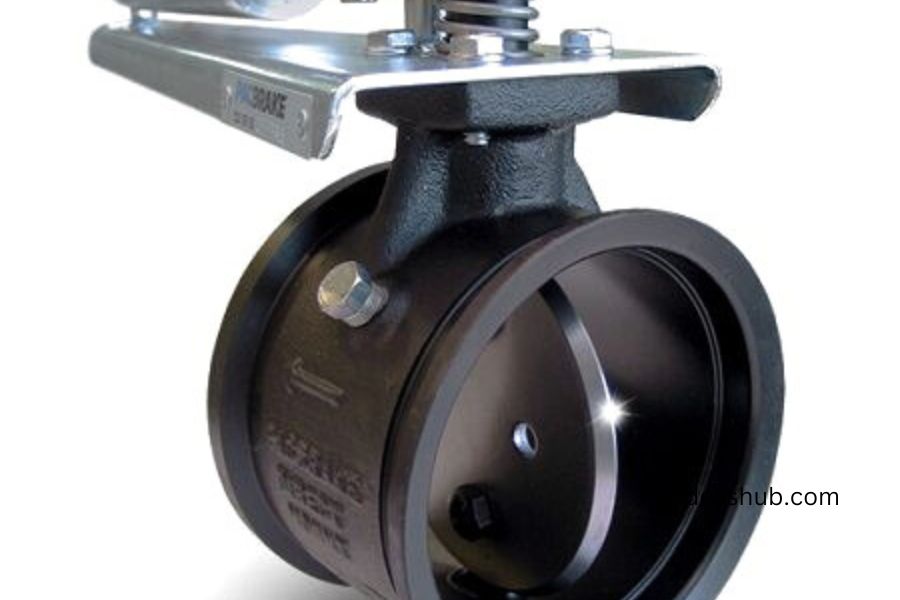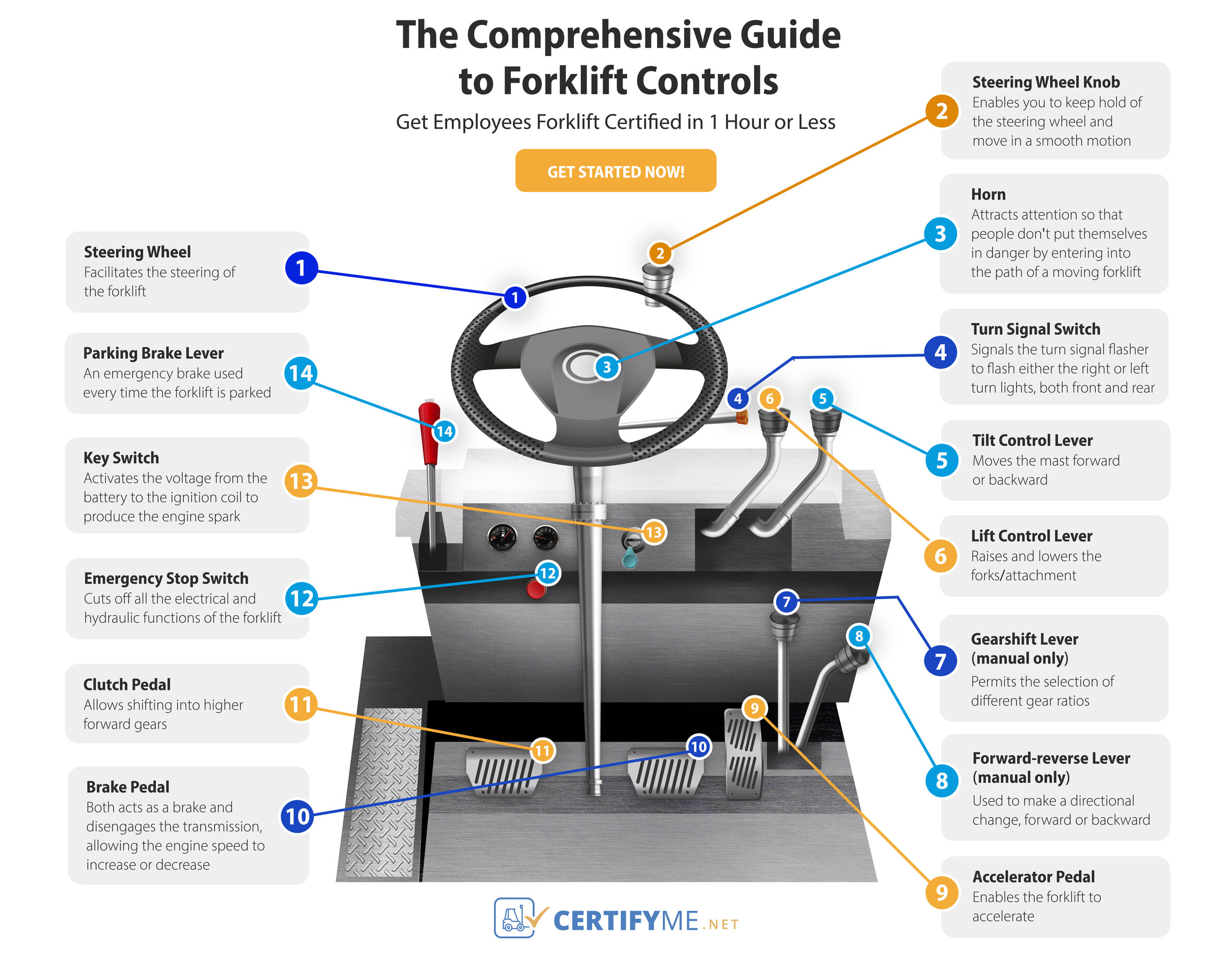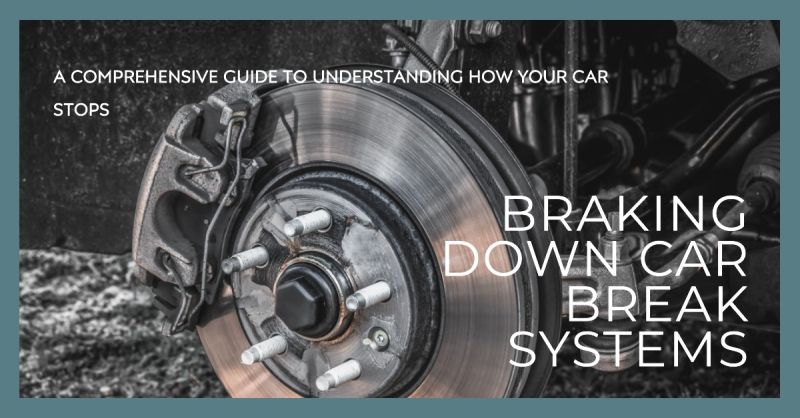An exhaust brake works by closing off the exhaust path from the engine, compressing the exhaust gases in the exhaust manifold and cylinder, which slows down the vehicle. It prevents the vehicle from going downhill too fast, especially when towing heavy loads like a fifth wheeler or loaded trailer, reducing the risk of accidents.
Additionally, exhaust brakes can be manually actuated by the driver or controlled by the vehicle computer. They use hydraulic pressure, air pressure, or an electronically operated servo motor to close the butterfly valve in the exhaust system. Using an exhaust brake does not significantly impact fuel mileage, as it is designed for temporary usage.

How Does Exhaust Brake Work?
An exhaust brake works by closing off the exhaust path of a diesel engine, compressing the exhaust gases in the manifold and cylinder. This slows down the engine without using fuel, making it ideal for downhill driving or towing heavy loads to prevent accidents.
Understanding The Working Principle
An exhaust brake is a mechanism installed in a diesel engine that reduces the risk of accidents and engine damage caused by going downhill too fast. It works by using back pressure in the exhaust system to slow down the vehicle.
When the exhaust brake is engaged, a butterfly valve in the exhaust system closes, creating pressure in the manifold. This pressure restricts the flow of exhaust gases and utilizes the engine’s compression to generate braking power, similar to a regular braking system.
Benefits Of Using Exhaust Brake
There are several benefits to using an exhaust brake:
- Improved Safety: By reducing the speed of the vehicle when going downhill, the exhaust brake helps prevent accidents, especially when towing heavy loads or hauling trailers.
- Reduced Brake Wear: The use of the exhaust brake reduces the reliance on the traditional braking system, which results in less wear and tear on brake pads and rotors, saving you money on maintenance.
- Improved Control: The exhaust brake provides better control over the vehicle, allowing the driver to maintain a steady speed when descending steep slopes or navigating challenging terrain.
- Extended Brake Life: By utilizing the engine’s natural compression to slow down the vehicle, the exhaust brake helps extend the lifespan of the braking system, reducing the need for frequent replacements.
- Fuel Efficiency: Although the exhaust brake creates some back pressure in the exhaust system, it is only engaged during downhill descents or situations that require extra braking power. As a result, the overall impact on fuel consumption is minimal.

Activation And Operation
An exhaust brake is an essential component in a diesel engine that helps in controlling the speed of a vehicle while descending down a slope. It works by creating back pressure in the exhaust system, which in turn slows down the vehicle. Understanding the activation and operation of an exhaust brake is crucial for drivers who often encounter steep downhill terrains or need to tow heavy loads.
Mechanical And Electronic Activation
Exhaust brakes can be activated either mechanically or electronically, depending on the specific system installed in the vehicle.
1. Mechanical Activation: In this type of activation, the driver manually actuates the exhaust brake using a lever or a switch inside the cabin. When the exhaust brake is engaged, a butterfly valve located in the exhaust system closes, creating back pressure and effectively slowing down the vehicle.
2. Electronic Activation: In some exhaust brake systems, the activation is controlled by the vehicle’s computer. The computer receives signals from various sensors, such as the throttle position sensor and the brake pedal position sensor, to determine when to engage the exhaust brake. When the computer detects that the vehicle is descending a slope or the driver is applying the brakes, it activates the exhaust brake electronically.
Controlling The Exhaust Braking System
Controlling the exhaust braking system involves understanding how it operates and when to use it effectively. Here are a few key points to keep in mind:
- Activation: To activate the exhaust brake, drivers using the mechanical system need to manually engage the lever or switch. For those with the electronic system, the activation is automatic based on the vehicle’s computer control.
- Operating Range: The exhaust brake is typically most effective at higher RPMs. However, it’s important to refer to the vehicle’s manual or consult with the manufacturer to determine the optimal operating range for the specific exhaust brake system.
- Conditions: It’s important to use the exhaust brake system appropriately. Drivers should engage it when descending steep slopes, towing heavy loads, or when additional assistance is needed to slow down the vehicle.
- Disengagement: Drivers can disengage the exhaust brake by releasing the lever or switch for mechanical activation or by releasing the brake pedal for electronic activation. It’s crucial to note that the exhaust brake should not be used continuously as it may cause excessive heat buildup or put stress on the engine.
Understanding the activation and operation of an exhaust brake is vital for drivers looking to enhance their vehicle’s braking capabilities, especially when navigating challenging terrains or towing heavy loads.
By using the appropriate activation method and controlling the exhaust braking system effectively, drivers can ensure a safer and more controlled descent, reducing the risk of accidents and prolonging the lifespan of their engine.
Effects On Vehicle And Engine
The use of an exhaust brake can have significant effects on both the vehicle and the engine. Understanding how an exhaust brake impacts these two crucial components of a vehicle is essential for any driver or fleet manager. In this section, we will delve into the impact of exhaust brakes on vehicle speed and potential engine damage and fuel consumption.
Impact On Vehicle Speed
When activated, the exhaust brake creates back pressure within the engine, causing the vehicle to slow down. This provides the driver with greater control over the vehicle’s speed, especially when driving downhill or towing heavy loads. Through the utilization of the exhaust brake, the vehicle’s speed can be effectively regulated, enhancing safety and reducing the risk of accidents caused by excessive speed.
Potential Engine Damage And Fuel Consumption
The use of an exhaust brake can potentially lead to engine damage if not adjusted properly. The brake typically consists of a butterfly valve in the exhaust system that closes, creating back pressure for braking action. Incorrect settings or prolonged use may result in adverse effects on the engine, emphasizing the importance of proper adjustment and utilization.
Additionally, while the exhaust brake aids in controlling vehicle speed, it may lead to increased fuel consumption. The engine works harder against the back pressure generated by the exhaust brake, consuming more fuel than usual. It is vital for drivers to be mindful of this trade-off, considering both the benefits of speed control and the potential impact on fuel efficiency.
Comparative Analysis
When it comes to engine braking systems, the exhaust brake stands out as a popular choice among vehicle owners. However, it’s important to understand its advantages and disadvantages in comparison to other engine braking systems.
In this section, we will explore the comparative analysis of the exhaust brake with other engine braking systems and the considerations that need to be taken into account for different vehicle types.
Comparison With Other Engine Braking Systems
Exhaust brakes are often compared with two other commonly used engine braking systems – compression release brakes and Jake brakes. Let’s take a closer look at how these systems differ:
Compression Release Brakes
Compression release brakes, also known as “jake brakes,” work by releasing the compression in the cylinders during the exhaust stroke. This creates resistance and helps slow down the vehicle. Unlike exhaust brakes, jake brakes require modifications to the engine’s valve train system for proper functionality. This additional component can increase the complexity and cost of installation.
Jake Brakes
Jake brakes, a specific type of compression release brake, are named after the manufacturer Jacobs Vehicle Systems. They operate similarly to compression release brakes but are designed specifically for diesel engines. Jake brakes provide effective engine braking power, especially on steep downhill slopes, but they can be noisy and cause increased wear on engine components over time.
Exhaust Brakes
Now let’s focus on exhaust brakes, which are considered more user-friendly and easier to install compared to compression release brakes and jake brakes. They work by restricting the exhaust flow, which generates backpressure in the cylinders, resulting in braking power. Unlike jake brakes, exhaust brakes don’t require engine modifications and can be engaged easily with a switch or by releasing the accelerator pedal.
However, it’s important to note that excessive use of an exhaust brake can lead to increased exhaust gas temperature and potentially cause engine damage if not used properly.
Considerations For Different Vehicle Types
When choosing an engine braking system, it’s crucial to consider the specific requirements and limitations of different vehicle types. Here are a few key considerations:
- Weight and Size: Heavier vehicles, such as trucks and RVs, require more powerful braking systems. Exhaust brakes are generally suitable for light to medium-duty vehicles, while heavy-duty vehicles may benefit from a combination of engine braking systems.
- Terrain: The nature of the terrain plays a significant role in determining the effectiveness of engine braking systems. Steep hills and mountainous regions may require more powerful braking systems like jake brakes, while flatter terrains can be managed efficiently with exhaust brakes.
- Noise Regulations: Some areas have strict noise regulations, particularly in residential areas. In such cases, exhaust brakes may be preferred over jake brakes due to their quieter operation.
- Cost and Maintenance: Budget considerations and the cost of installation and maintenance should also be taken into account. Exhaust brakes tend to be more cost-effective and require less maintenance compared to other engine braking systems.
By considering these factors and understanding the differences between engine braking systems, vehicle owners can make an informed decision about which system best suits their needs.

Frequently Asked Questions On How Does Exhaust Brake Work
When Should I Use My Exhaust Brake?
You should use your exhaust brake when driving downhill with a heavy load to control speed and prevent accidents. It’s especially useful when towing a caravan or a trailer. Using it occasionally won’t significantly impact fuel consumption. Note that improper adjustment may cause engine damage.
Are Exhaust Brakes Hard On Engines?
Exhaust brakes, typically a butterfly valve in the exhaust, can cause engine damage if not adjusted properly. However, when used correctly, they prevent vehicles from going downhill too fast and reduce the likelihood of accidents. The exhaust brake is activated either by the vehicle’s computer or manually by the driver.
Using an exhaust brake does not significantly affect fuel consumption.
What Activates An Exhaust Brake?
An exhaust brake can be activated either by the vehicle computer or manually by the driver. It uses hydraulic pressure, air pressure, or an electric servo motor to close a butterfly valve in the exhaust, creating back pressure that slows down the engine.
Does Using Exhaust Brake Use More Fuel?
Using exhaust brake does not use more fuel as it’s designed for temporary usage and does not impact fuel mileage. The brake works by slowing the engine without applying fuel.
Conclusion
Understanding how an exhaust brake works is essential for drivers, especially when towing heavy loads or traveling downhill. By closing off the exhaust, the brake creates back pressure, effectively reducing vehicle speed and preventing accidents. It’s a crucial tool for maintaining control and safety on the road, particularly for diesel engines.


